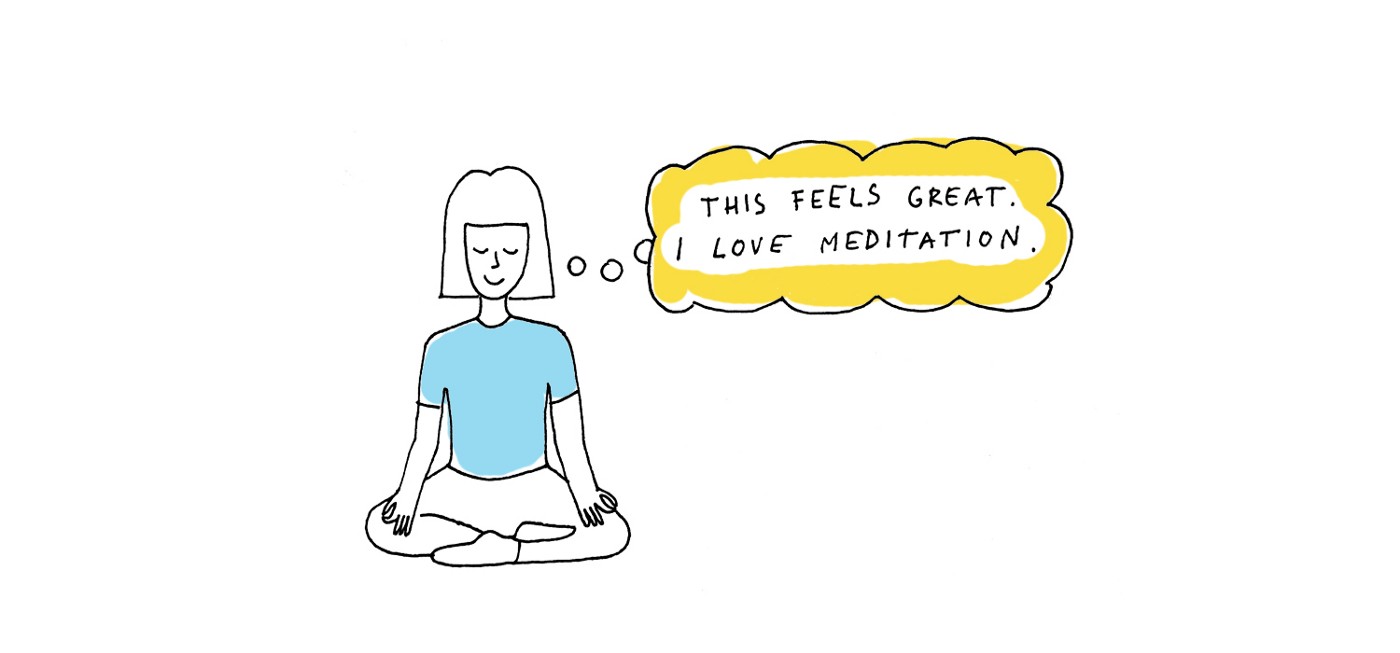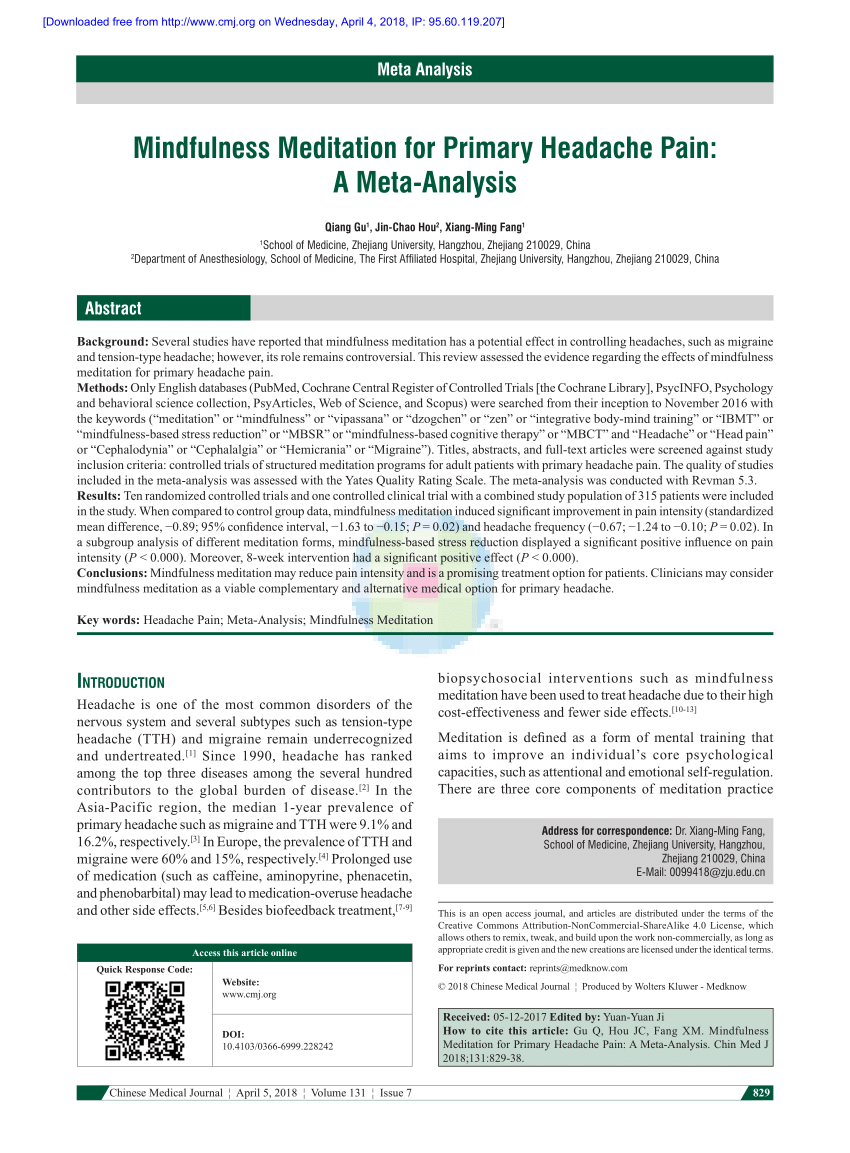
The Calm app is a free resource for teachers. The app includes 30 days worth of mindfulness activities, as well as a self care guide that teaches basic mindfulness. The trial period is as short as one week and teachers are free to join the program. It also offers tips and ideas to help teachers incorporate mindfulness into their classrooms. It is an excellent tool for integrating mindfulness in the classroom. Visit their website to learn more about Calm.
Calm apps are free for teachers. To sign up, simply visit the website and fill out the short application. After you are approved, unlimited access will be granted to guided meditations. Additionally, you will be provided with best practices and tips to incorporate mindfulness into the classroom. You can even download the Calm Kids app to use with students. The app is compatible on many devices and browsers. It is available for free in Google Play or Apple's App Store.

Calm has great content for families. It offers bedtime meditations, mini-courses for teens and toddlers, and even bedtime meditations. You can also find classic stories and content that is suitable for families. Calm is also available for personal use. Calm is also accessible to people with sight impairments. The interface does not include a picture. If you're visually impaired, you can install a screen reader, which will help you read the text but not pictures.
Calm offers teachers a free subscription. Calm's premium features are free to all who are above 13 years old. You can then go to "Discover" and search for the meditation you like. Then you can select the one most appropriate to your needs. Teachers in Australia, Canada, and the US can use this app for free.
Teachers can use Calm for free, but the premium version offers more features. There are courses and breathing techniques as well as an area for meditation. Meditation sessions, and courses for intermediate or advanced meditators are also available. A paid subscription might be more suitable for beginners. This is not the right deal for everyone. Calm may not be right for everyone. Before you sign up, however, it is important to determine if Calm is the right fit.

The Calm app is free for teachers, but there are a few restrictions. For example, the app does not allow teachers to make any changes to their curriculum. You can't alter your curriculum if a teacher is not present. Keep your kids focused and calm by being positive. Teachers can download this app for free, making it an excellent option.
FAQ
How often should you exercise?
Exercise is essential for maintaining a healthy lifestyle. There is no set time limit for exercising. The key is finding something you enjoy and stick with it.
If you are working out three times a weeks, aim to do 20-30 minute of moderate intensity. Moderate intensity means you'll still be breathing hard after you've finished. This type of exercise burns approximately 300 calories.
If you prefer to walk, go for 10 minute walks four days a week. Walking is easy on the joints and has low impact.
If you'd rather run, try jogging for 15 minutes three times a week. Running is an excellent way to lose weight and tone your muscles.
Start slowly if you aren't used to doing exercise. Start with just 5 minutes of cardio a few times a week. Gradually increase duration until you achieve your goal.
What are 5 ways to live a healthy lifestyle?
A healthy lifestyle means eating right, being active, getting enough sleep, managing your stress levels, and having fun. Good eating habits include avoiding processed foods, sugar, unhealthy fats, and avoiding junk food. Exercise helps burn calories and strengthens muscles. Sleeping enough can improve memory and concentration. Stress management is a way to reduce anxiety levels and depression. And finally, having fun keeps us young and vibrant.
What is the difference of a virus from a bacteria?
A virus is a microscopic organism which cannot reproduce outside of its host cell. A bacterium can be described as a single-celled organism which reproduces by splitting in two. Viruses are very small (about 20 nanometers) while bacteria are larger (up to 1 micron).
Viruses spread easily through contact with infected bodily tissues, such as saliva and urine, semen, vaginal secretions or pus. Bacteria are often spread via direct contact with contaminated surfaces or objects.
Viral infections can also be introduced to our bodies by a variety of cuts, scrapes or bites. They can also be transmitted through the eyes, nose, mouth, ears, rectum, and anus.
Bacteria can be introduced to our bodies by cuts, scrapes or burns. They may also be introduced into our bodies through food and water as well as soil, dirt, dust, and animals.
Viruses and bacteria both cause illness. But viruses do not have the ability to multiply within their hosts. So they only cause illnesses when they infect living cells.
Bacteria may spread to other people and cause sickness. They can spread to other parts of our bodies. Antibiotics are needed to eliminate them.
What are the 10 best foods to eat?
The 10 best foods to eat include:
-
Avocados
-
Berries
-
Broccoli
-
Cauliflower
-
Eggs
-
Fish
-
Grains
-
Nuts
-
Oats
-
Salmon
Statistics
- WHO recommends consuming less than 5% of total energy intake for additional health benefits. (who.int)
- The Dietary Guidelines for Americans recommend keeping added sugar intake below 10% of your daily calorie intake, while the World Health Organization recommends slashing added sugars to 5% or less of your daily calories for optimal health (59Trusted (healthline.com)
- This article received 11 testimonials and 86% of readers who voted found it helpful, earning it our reader-approved status. (wikihow.com)
- Extra virgin olive oil may benefit heart health, as people who consume it have a lower risk for dying from heart attacks and strokes according to some evidence (57Trusted Source (healthline.com)
External Links
How To
What does the word "vitamin" mean?
Vitamins are organic substances found naturally in food. Vitamins help us absorb nutrients from foods we eat. Vitamins are not made by the body, so they must be obtained through food.
There are two types of vitamins: water soluble and fat soluble. Water-soluble vitamins dissolve easily when they are dissolved in water. These include vitamin C (thiamine), Vitamin B1 (riboflavin), Vitamin B2 (riboflavin), Vitamin B3 (niacin), Vitamin B6 (pyridoxine), Vitamin C, B1 (thiamine), Vitamin B2 (riboflavin), Vitamin B3 (niacin), and Vitamin B6 (pyridoxine). Fat-soluble vitamins can be stored in the liver or in fatty tissue. You can find vitamin D, E K, A, beta carotene, and other fat-soluble vitamins.
Vitamins are classified according their biological activity. There are eight major groups of vitamins:
-
A - essential for normal growth and maintenance of health.
-
C - important for proper nerve function and energy production.
-
D – Essential for healthy teeth, bones and joints
-
E is necessary for good vision, reproduction.
-
K - essential for healthy muscles, nerves, and bones.
-
P - vital for building strong bones andteeth.
-
Q - aids digestion, absorption and absorption iron
-
R - Required for red blood cell production
The recommended daily allowance (RDA) of vitamins varies depending on age, gender, and physical condition. The U.S. Food and Drug Administration sets RDA values.
For adults aged 19 and older, the RDA for vitamin B is 400 micrograms daily. Because it is essential for the development of the fetus, pregnant women should consume 600 micrograms per daily. Children ages 1-8 require 900 micrograms per day. For infants younger than one year, 700 micrograms are required daily. However, this number drops to 500 micrograms each day for children aged 9-12 months.
Children aged between 1-18 years require 800 micrograms of sugar per day, while overweight children need 1000 micrograms. Children who are underweight receive 1200 micrograms every day to meet their nutritional requirements.
Children ages 4-8 years who have been diagnosed with anemia need 2200 micrograms per day of vitamin C.
2000 micrograms per person is necessary for general health. Breastfeeding or pregnant women require 3000 micrograms per daily due to higher nutrient demands.
1500 micrograms are required daily by adults over 70 because they lose approximately 10% of their muscle each decade.
Women who are pregnant and lactating need more nutrients than the RDA. Pregnant women need 4000 micrograms per dayduring pregnancy and 2500 micrograms per day after delivery. Breastfeeding mothers need 5000 mg per day when breastmilk is being produced.